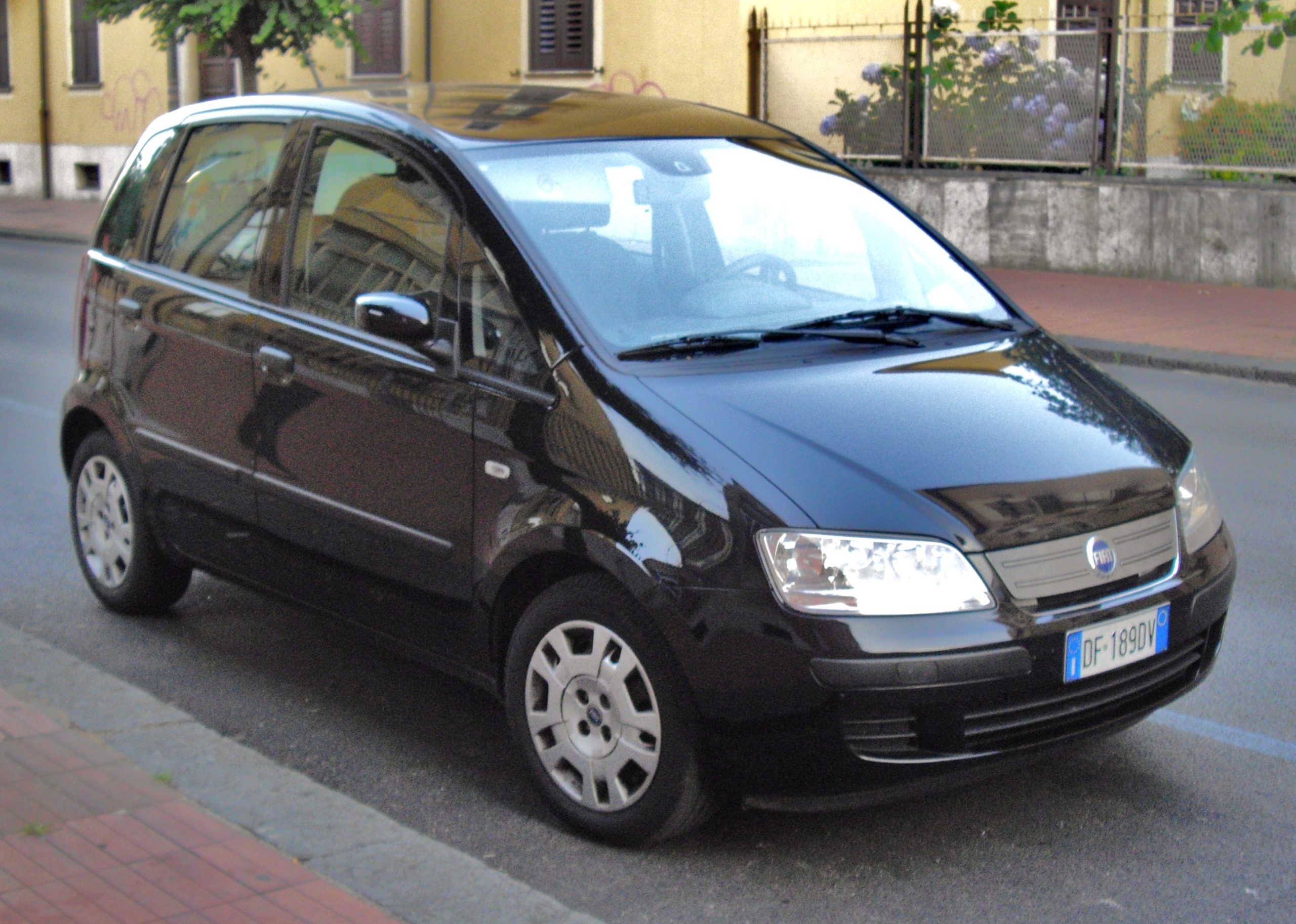
Fiat Idea - a hit idea?
“Ideas are stronger than rifles,” said one of the greatest criminals of the XNUMXth century, Joseph Stalin. An “idea” is like a seed: thrown into fertile soil, it will germinate and give a valuable harvest, buried in barren soil, it can somehow manage to get to the surface and sprout, but it will never turn into a wonderful fruit. . And on what soil did the Idea, the Fiat Idea, grow?
The idea was perfect – a minivan based on the Punto city-semi, spacious enough and at the same time compact, ideal for the streets of crowded cities and just as suitable for short weekend trips out of town with the family. An idea called "Idea" should theoretically conquer the market. However, this did not happen - in 2007, Idea was withdrawn from the Polish dealer network due to low interest. The big little van didn't catch on and didn't win the market. Although it looked good.
The idea, unlike the new Punto, Panda or the cult “2004”, did not impress with its beauty. The Fiat minivan that debuted this year already had a fairly mature, if not boring, design: the impassive front end with an equally “spectacular” rear end was not remembered for long. The side line with the rear section cut off and the resulting minimal rear overhang also did not bring us to our knees. Strongly protruding wheel arches, subtle embossing on the doors and fenders and rather attractive aluminum wheels also somehow did not appeal to a wider range of buyers. Maybe the interior?
Small dimensions in the case of cars of this type are both a disadvantage and an advantage. In the case of the Idea, small external dimensions (length less than 4 m, width less than 170 cm and height 166 cm) are, on the one hand, an excellent pass to maneuverability in the city, and on the other hand, limit the space inside the car. As usual in cars of this type, the front is nice and spacious. Comfortable seats with good contours and perfectly positioned armrests ensure a pleasant journey even for relatively tall passengers. Not the worst finishing materials, a convenient gear lever and an interestingly designed dashboard look much more interesting than a bland body. A little distracting and insulting is the centrally located instrument cluster and large diameter steering wheel, but you get used to it.
With a wheelbase of only 2.5 meters, in theory, the Idea is not very pleasant to drive in the back row of seats. However, this is where the little Fiat delivers a pleasant surprise. Despite its small external dimensions, there is surprisingly a lot of space in the back seat. Of course, while two passengers are sitting there - three is definitely a bit much, especially since the middle seat feels best like ... an armrest. Fore and aft adjustable seats with independent backrest angle adjustment effectively change the amount of legroom and luggage space. As for luggage, just over 300 liters of luggage are available with the standard rear seat arrangement. When you are traveling as a couple, you can take almost 1.5 m3 of luggage on board! This is really a great result.
The idea was to create a well thought out car, also in terms of operating costs. That is why they did not experiment with expensive solutions in the car suspension, but used old, proven and effective solutions. So, the front suspension is based on MacPherson struts, and the rear - on a torsion beam. Cheap, reliable and, as shown by road tests, effective. The car rides quite stable and confident. The idea, despite its considerable height, does not protrude too much when cornering, although it is sensitive to crosswinds. Care should be taken at higher speeds, especially when driving off open roads from tree-covered roads.
Under the hood there is room for small gasoline units (1.2 l, 1.4 l) and diesel engines (JTD Multijet 1.3 l in two power options and 1.9 l). Diesel units were much better suited to the nature of the car, although their price effectively discouraged the purchase. Petrol units with a capacity of 80 and 95 hp respectively, provided the car with decent and sufficient performance. The 1.4-liter engine with 95 hp handled the Idea especially well. – 11.5 seconds to 100 km/h, and a top speed of 175 km/h for this type of car is more than sufficient. As for diesels, it was worth recommending a 1.3 liter engine with 90 hp. - elastic and quite economical, although he did poorly in a heavily loaded car.
The failure of Fiat's somewhat successful minivan idea was largely driven by financial considerations. Like the Stilo, Fiat's accountants overpriced the Idea. A rather ill-equipped car cost the same as a well-equipped compact car. For each additional piece of equipment, Fiat cost a lot. This, in turn, backfired on him and, in a sense, a good Idea became a victim of bad pricing.